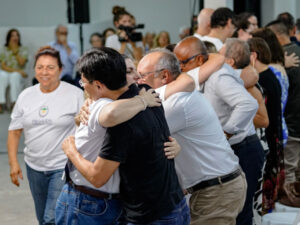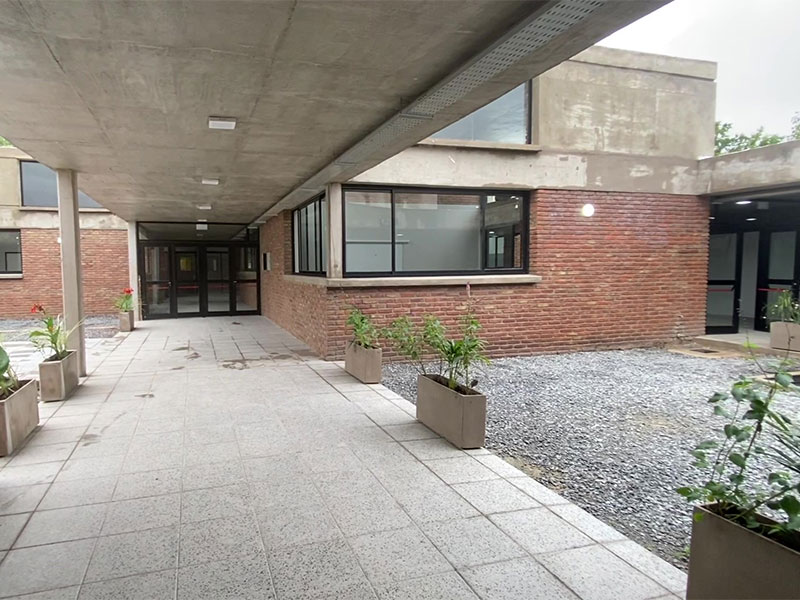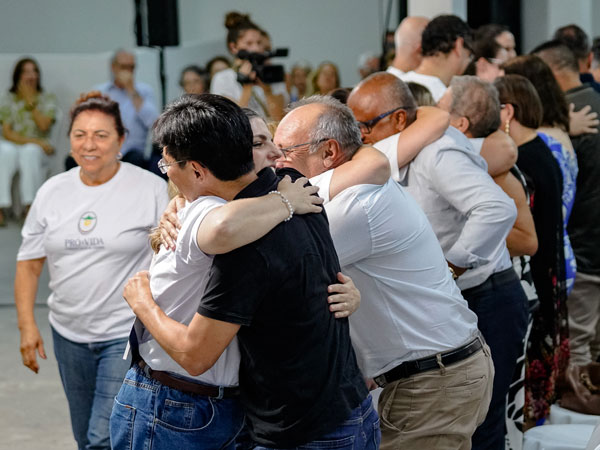Riding a bicycle
Riding a bicycle
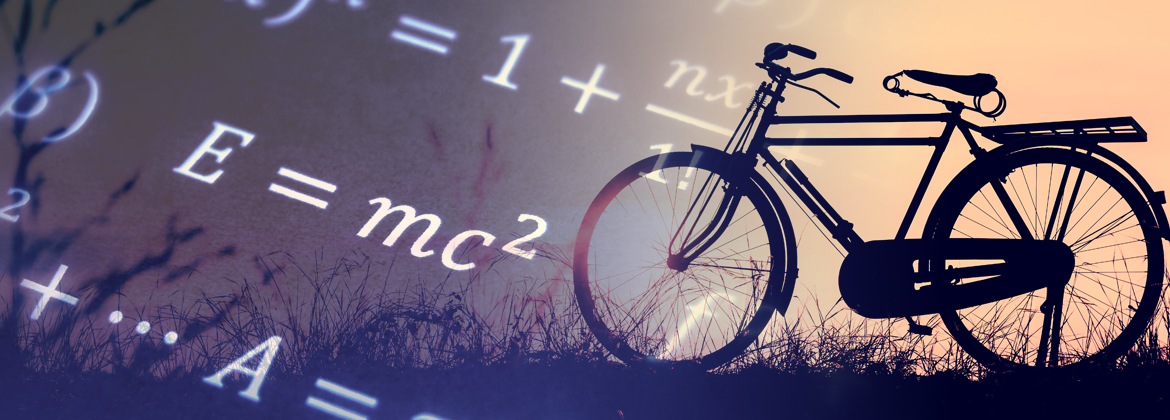
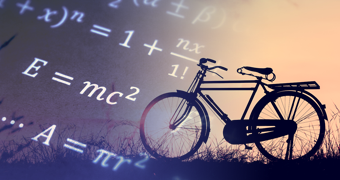
From a common activity, like riding a bicycle, Einstein coined one of his most memorable quotes:
“
“Life is like riding a bicycle. To keep your balance,
you mustkeep moving”.
Most people learn how to ride a bicycle in childhood. Many begin practicing with the help of small wheels that give stability. Little by little, they start feeling the movement, the wind in their face, the strength of their legs, the weight of their bodies, their hands directing the handlebars, the movement of the pedals, the sliding on the ground, the existence of the brakes. A real set of elements that add up and interconnect until reaching the balance point which permits travel on two wheels.
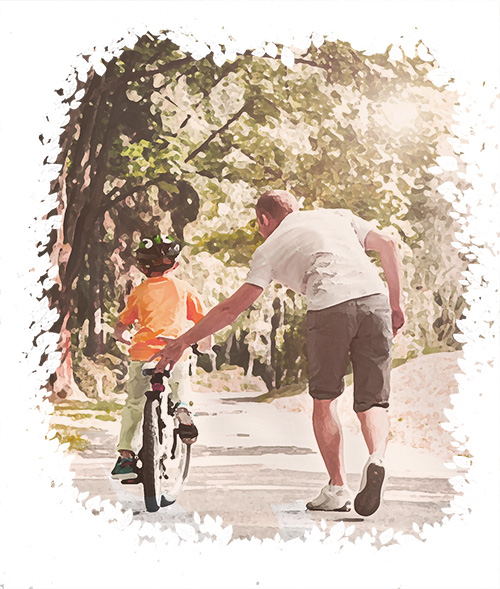
Thus described, it seems a unique achievement, an accomplishment of the person who can propel a machine with their energy. And maybe it is.
But anyway, it still appears that the simple and easy act of cycling, as also noted by that scientist with the somewhat disheveled hair, arouses the admiration and activates the imagination of many people.
So, where would the difference be? After all, for Einstein, was riding a bicycle different than it is for any of us?
The answer may be yes or no. Maybe it depends on how much attention we pay to what we see, how much of our knowledge we put into everything we do, how we experience the transition from theory to practice, the difference between having knowledge and being that knowledge.
And so, like the cook who tastes her pasta, the doctor who tests his practices, the musician who rehearses with his instrument, in the pursuit of that longed for happiness, the philosopher practices in order to recognize in every situation, in every moment, in every circumstance in which they find themselves, a point of wisdom that is tangible, can be savored, that is visible – that knowledge that they already feel will lead them to the objective.
Maybe another question fits here:
why do we say
“You never forget how to ride a bicycle.”?



